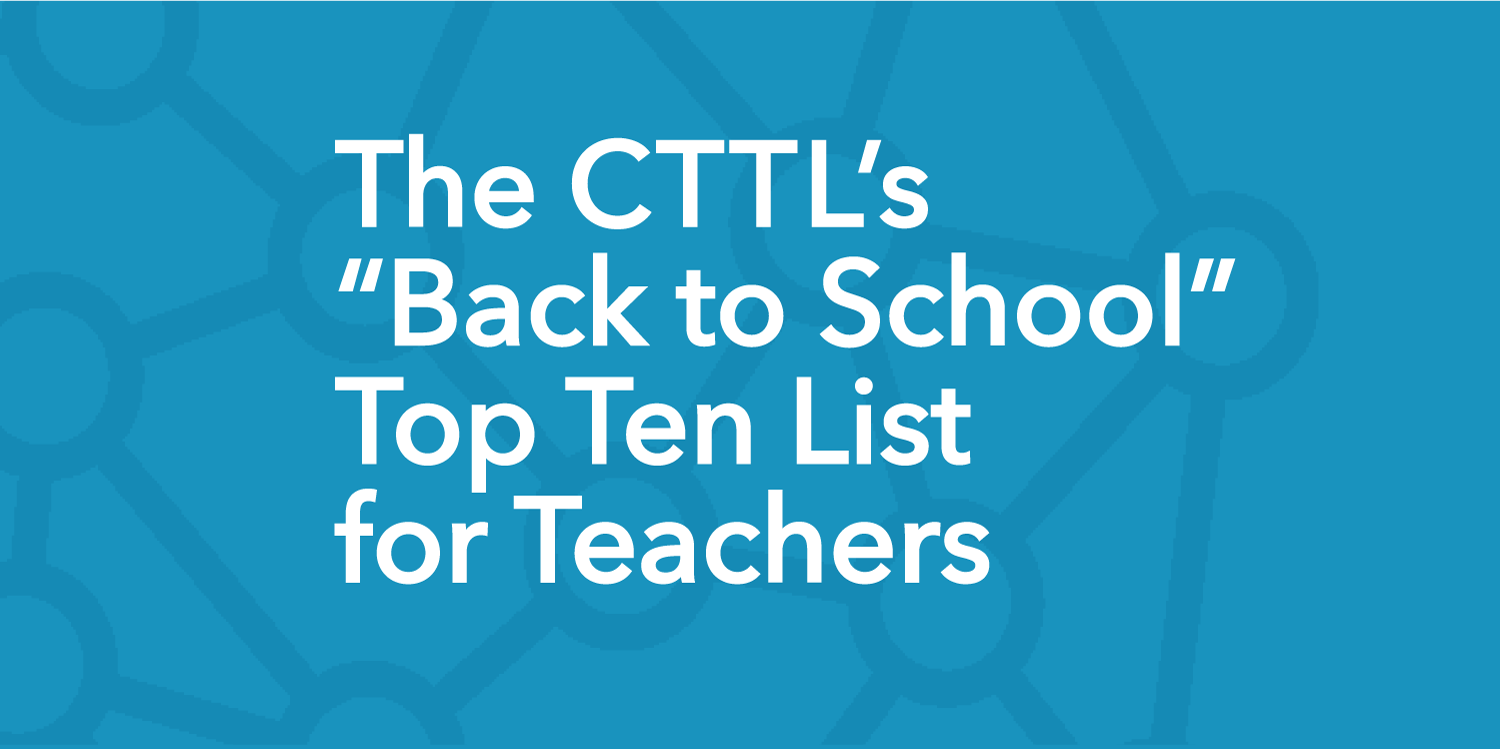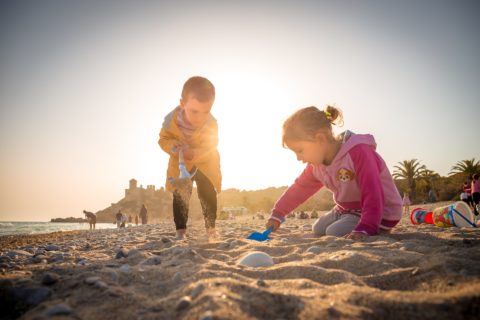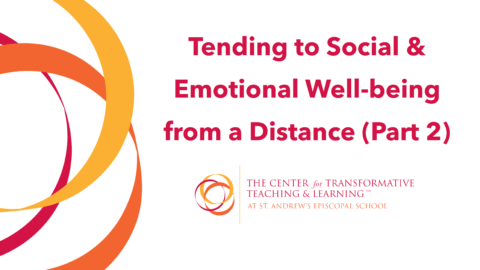We begin each year by trying to get to know each child and helping them believe that our classroom is a place where they belong and can thrive – that their voice and story matter, and that while there will be challenges, their teacher believes in their ability to find success. You can read more about this essential underpinning work here and here. But once you have got that going, then what? Here is our “Back to School” Top Ten.
1. Reduce, reuse, recycle
Reduce – Reduce the amount you plan to cover this year. This is very important. What are the essentials that my students need to know to move on next year? What are the essentials from last year that should be in place (but, given last spring, might not be)? Make sure these are covered. Then look to expand. Begin by asking yourself, “What would I like my students to still know, value, and be able to do in two years time?”
Reuse – Design lessons and assignments that can be used both online and in person.
Recycle – Recycle, and be more open than usual to using materials produced by other teachers. The goal of reuse and recycle is to lessen your workload in a stressful year, and allow you more time and mental space to address the day-to-day needs of your students. (1)
2. Build in more radar pings
Channel your inner bat and send out lots of deliberate radar pings to see how your students are doing. This is so much harder to do online – we really miss the facial gestures, body language and feel of an in-person class. So use frequent short low- or no-stakes formative assessments. For example, write on paper or a dry-erase board and hold it up to the camera, or use online tools like Poll Everywhere, Pear Deck or LMS quizzes. Adjust your teaching, practice assignments, homework, and dates of assessments so that they align with where your students really are. This is especially important at the start of the year – do not make assumptions based on your experience from previous years. Begin by finding out where each child is socially, emotionally, and academically. (2)
3. Think sushi
Deliver material in a smaller chunk size and check for understanding before moving on. (2)
4. Go face first
There is tremendous power in students seeing your face – and we realize this may be an uncomfortable experience for you online. But YOU are the star attraction of the class, the piece that makes it great. If you are presenting slides online, teach your students how to set the view so that your face is larger and the slides smaller. If posting recorded lessons, use a tool like Loom to embed video of you. When giving students feedback, sometimes do it by recording short video or audio clips of you (many LMS’s allow you to record directly into them). (2)
5. Do the deep learning two-step
Step 1: Build factual knowledge and skills. Use direct instruction, reading, watching videos, retrieval practice and spaced practice. Move from instruction led by you, to practice monitored by you, to students working independently (with check-ins if needed). Use discussion and formative assessment to see what is sticking and what needs more practice or reteaching.
Step 2: Challenge students to use their knowledge and skills in a new context, or to teach someone else. Use projects here, but only once step 1 has been done (and checked via formative assessment). Use emotional hooks and help students build meaningful stories as ways to build enduring knowledge. (3)
6. Build in social time
Breakout rooms in Zoom are the new think-pair-share. In hybrid scenarios consider pairing in-person and at-home students. Sacrifice some time and efficiency for the benefits of socializing, sharing stories and even being a bit goofy. One important role of including projects is that they allow for social time. Building in social time will help everyone get through the long haul. (4)
7. Teach study strategies
Without your presence to guide them, it is more important than ever that students know effective and efficient strategies for studying your subject. Do not assume they have them already. Give explicit strategies on, for example, how to take notes from reading, how to take notes from videos, how to use retrieval practice to study, how to space their studying, how to make and use flashcards properly, how to find gaps in what they know, and how to go about filling these gaps. (5)
8. Shorten the feedback loop
Give smaller amounts of feedback more regularly, and include time for students to act on this feedback. Target your feedback rather than trying to fix everything at once. Separate feedback from grading. Both need to happen, but not at the same time. The goal of feedback is to help students get from where they are to where you want them to be – so it needs to happen BEFORE grades are introduced. At times try giving feedback as a short video or audio recording, or as a one-on-one Zoom breakout with a student – this gives us more control over the emotional climate of how the student takes the feedback, which in turn shapes whether they will use it. (2)
9. Help students know what success looks like
You know where you are going and what you expect – your students do not. So tell them. Be explicit, don’t make them guess – distance learning is already hard enough. Communicate your expectations and your success criteria clearly, regularly and in the moments when they most need this information. Show examples of the type of work you are looking for. Show examples of B+ work and discuss why it earns a B+. (6)
10. Make routines and rituals
Reduce unnecessary cognitive load and executive functioning hurdles by setting clear routines for how you start class, how you submit work, how you receive and use feedback, when homework is set by, how you check what assignments are due, how you check to see if you have missing assignments (and what to do if you do), and how to get in touch outside class. (1)
Resources
(1) From Pedro de Bruyckere, CTTL Summer Deep Dives, 2020
(2) From David Daniel, Distance Learning presentation to St. Andrew’s faculty, 2020
(3) Hattie, J. A. C., & Donoghue, G. M. (2016). Learning strategies: a synthesis and conceptual model. Nature, Science of Learning, 1, 16013.
(4) Hulleman and Kelleher, Edutopia, 2020, in press
(5) From Saundra McGuire, CTTL Summer Deep Dives, 2020
(6) From researchEDHome 2020 Paul Kirschner: Ten Tips for Emergency Remote Teaching. (2020, May 2).




